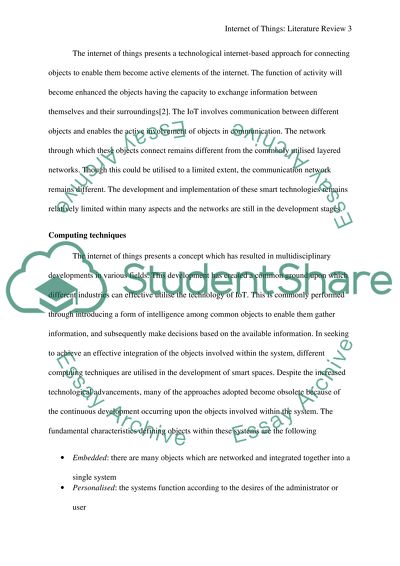Cite this document
(“Discursive and case based analysis of Internet of Things Literature review”, n.d.)
Retrieved from https://studentshare.org/information-technology/1639021-discursive-and-case-based-analysis-of-internet-of-things
Retrieved from https://studentshare.org/information-technology/1639021-discursive-and-case-based-analysis-of-internet-of-things
(Discursive and Case Based Analysis of Internet of Things Literature Review)
https://studentshare.org/information-technology/1639021-discursive-and-case-based-analysis-of-internet-of-things.
https://studentshare.org/information-technology/1639021-discursive-and-case-based-analysis-of-internet-of-things.
“Discursive and Case Based Analysis of Internet of Things Literature Review”, n.d. https://studentshare.org/information-technology/1639021-discursive-and-case-based-analysis-of-internet-of-things.


